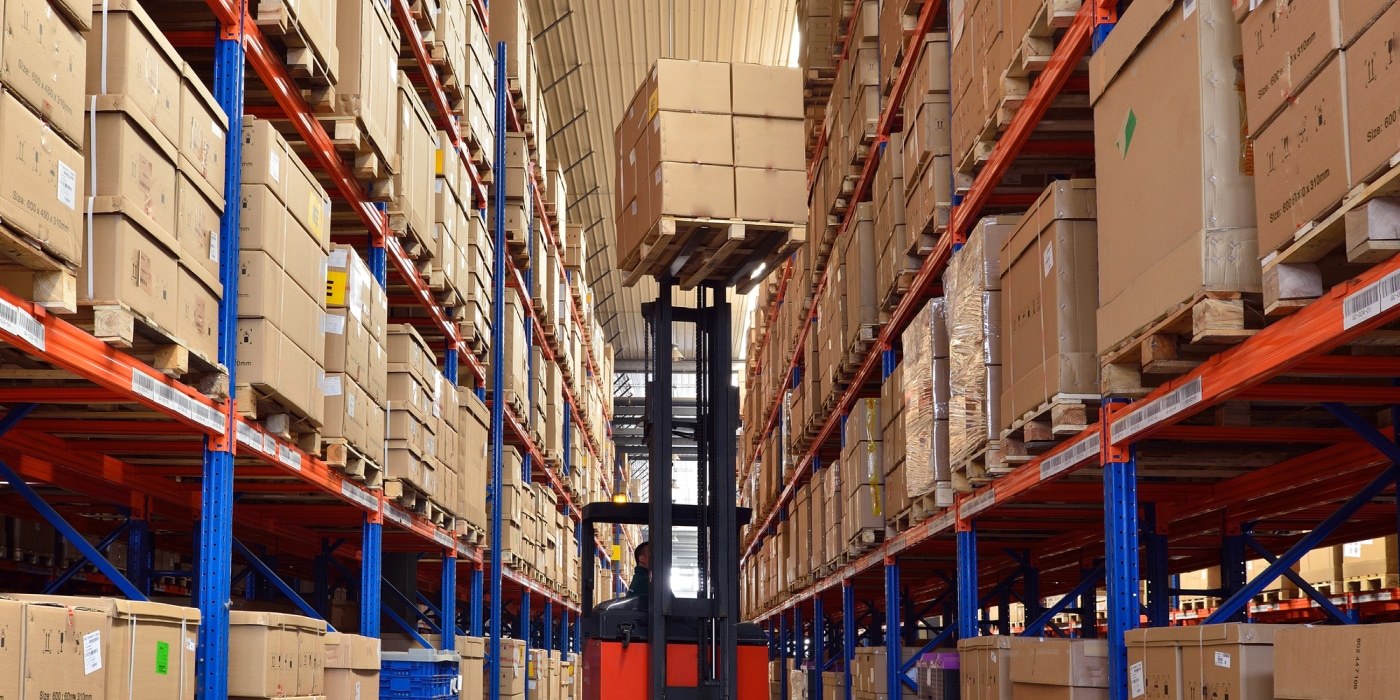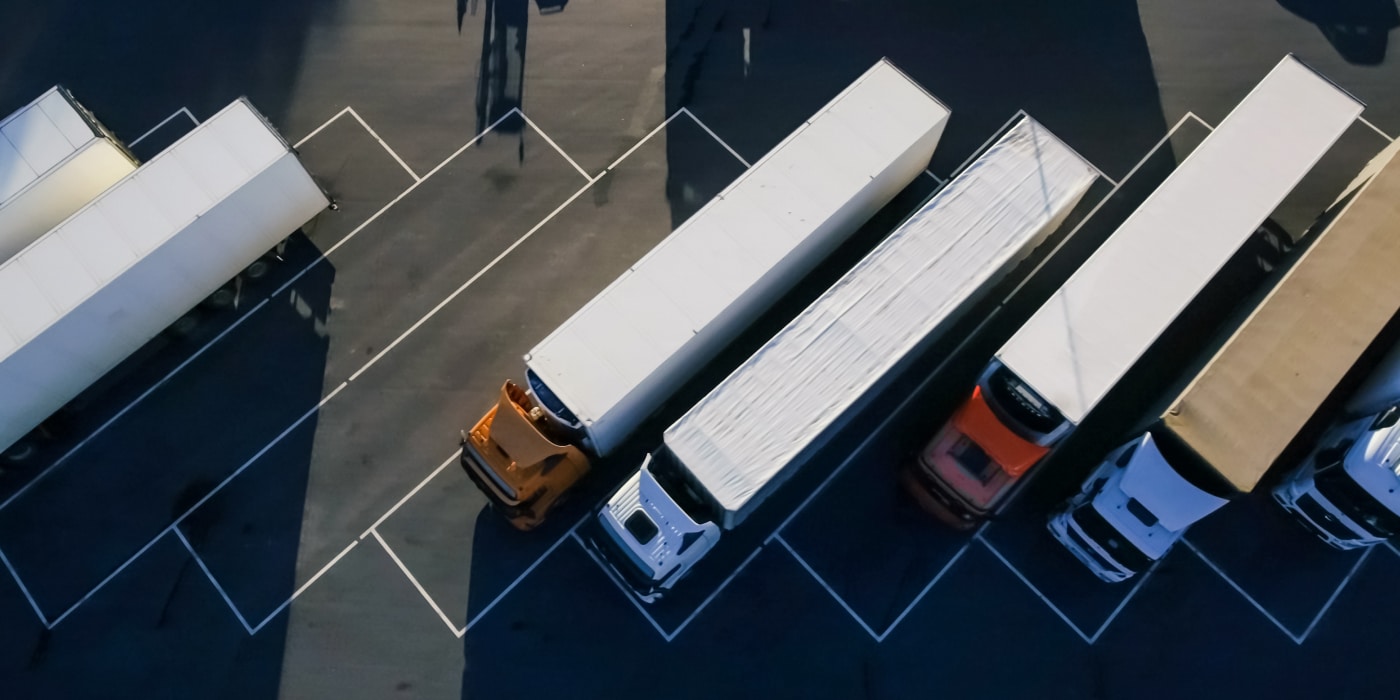Optimizing Your Retail Distribution Operations for Greater Efficiency
Awell-optimized retail distribution operation ensures that products reach the right place at the right time. Whether it’s a new company or a seasoned enterprise, optimizing distribution strategies can enhance operational efficiency, helping businesses run smoother and more streamlined distribution channels.
As consumers today expect swift, accurate, and convenient shopping experiences, retailers face pressure to improve delivery times and meet the growing demands of consumers. Optimizing retail distribution operations allows retailers to seamlessly adapt to changes in demand, reduce waste, and enhance customer satisfaction.
Here’s a look at how retailers can streamline their distribution processes and enhance distribution efficiency for improved customer satisfaction.
Enhance Distribution Network Design
The design of a distribution network can have a huge impact on operational efficiency. It’s critical to evaluate the locations of your distribution centers to ensure they are strategically placed to serve your customer base effectively. Optimizing where goods are warehoused can reduce shipping times and costs. This may involve opening new facilities or relocating existing ones closer to high-demand areas. For businesses focusing on speed, urban warehousing can help facilitate same-day and next-day deliveries.
Utilizing multiple smaller distribution centers spread across key locations rather than a single large warehouse can also help get products closer to customers. Implementing cross-docking practices where incoming shipments are directly transferred to outbound trucks with minimal storage time reduces the need for warehouse space and speeds up the delivery process. As consumers increasingly shop through multiple channels, it’s essential to optimize distribution center locations to serve all channels efficiently.

Improve Warehouse Efficiency
Efficient inventory management is crucial for reducing costs and ensuring that popular products are always in stock and available for prompt delivery. Technologies, such as robotic picking systems and automated guided vehicles, can reduce the time it takes to process orders, minimize errors, and lower labor costs. Overstocking inventory ties up valuable capital, while understocking can lead to lost sales and dissatisfied customers. Advanced inventory systems can help forecast demand more accurately, manage stock levels in real-time, and avoid overstocking or stockouts. By using inventory management systems that offer real-time tracking and automated reordering, retailers can enhance inventory accuracy and maintain optimal stock levels.
Optimize Logistics
Optimizing logistics involves analyzing and enhancing distribution routes and methods to ensure the fastest and most cost-effective delivery. Partnering with reliable logistics companies can help in extending reach without compromising service quality. Utilizing advanced routing software to plan the most efficient delivery routes can help retailers reduce transportation costs, enhance productivity, and improve delivery times.
Distribution management systems allow retailers to plan, track, and execute delivery routes from a single location, streamlining and simplifying distribution management. Combining deliveries going to similar destinations enables companies to maximize vehicle capacity and reduce the number of delivery trips. Additionally, by establishing strong relationships with reliable carriers, retailers can negotiate favorable rates and use a mix of carriers to balance cost, reliability, and service levels for greater logistics efficiency.

Prioritize Sustainable Initiatives
Optimizing your distribution strategy with sustainability in mind not only reduces environmental impact but can also improve efficiency. For example, using energy-efficient transportation methods and reducing packaging waste can lower costs. Implementing greener practices, such as consolidating deliveries to reduce carbon emissions, can enhance your brand’s reputation and appeal while maximizing vehicle utilization. Retailers are adopting more sustainable distribution methods as they expand their distribution networks.
Dick’s Sporting Goods is building an 800,000 sq. ft. distribution center in Fort Worth, Texas, which will have the capacity to deliver to more than 100 Dick’s stores across several states. Dick’s will pursue sustainability initiatives with the new facility, such as high-efficiency lighting and HVAC, recycled and environmentally friendly construction materials, energy management systems and recycling programs. The new facility will support the rapid growth of the retailer and enable more effective product flow to athletes whether they shop in-store or online.
Optimizing retail distribution operations for greater efficiency requires a holistic approach that includes optimizing inventory management, designing an effective distribution network, and streamlining deliveries. By implementing these strategies, retailers can enhance operational efficiencies, lower costs, and meet consumer expectations for speedy deliveries.
For more information about how our delivery management solution can help you manage your delivery operations more efficiently, please contact info@www.bringoz.com.
